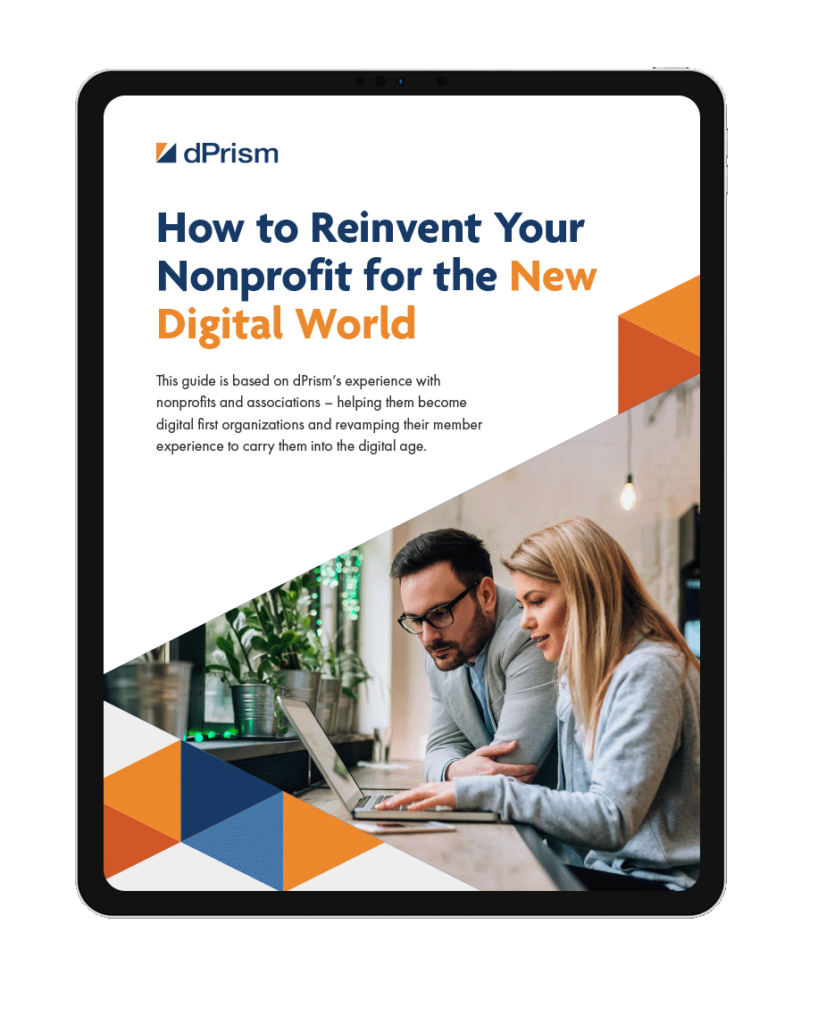If you’re an association executive, it’s imperative that you and your team have consistent answers to the following questions:
- How do you measure your association’s achievements?
- How do you know when you’re succeeding?
- And does everyone — from the board level on down to every member of your staff — understand their role, and know how their contribution fits into the big picture?
If the answers to these questions are a bit hazy, it’s likely your strategic plan may need a tune-up.
A well-defined strategic operating framework — with clear objectives and success measures — is the guardrail that can enable you to empower, to delegate, to coach and ultimately to achieve.
Making sense of the double bottom line
Association executives have to manage by a double bottom line: Needing to show a return on investment to remain financially sustainable, and delivering a return on your stated mission.
These aren’t mutually exclusive – in fact, they are mutually dependent. Success in your mission will help economically, and success economically will give you more resources with which to achieve your mission. But even thinking about the bottom line can be uncomfortable for some associations, who don’t like to see themselves as merely running a business.
Of course, you aren’t merely running a business — there’s a greater good at play — but a nonprofit can’t operate at its peak without, inevitably, thinking about financial return.
There’s far more in common these days between for-profits and nonprofits, with businesses increasingly focused on ESG (Environment, Social, and Governance) outcomes and talking about “profit, people, and the planet.” Those are quite similar to the values associations care about (if perhaps in a different order).
Your members are your customers
Associations typically don’t refer to their members as customers, but that’s exactly what they are. A good operating plan will ask the same question a business needs to ask:
What exactly are you doing for those “customers” to keep them coming back?
A solid operating plan needs to be outcome-based, asking how you’re serving the people who come to you, not just how you’re executing internally.
Setting the pace and working around legacy systems
It’s not easy to jump right in and create a strategic plan that’s going to dictate your organization’s objectives for the next five years, and put you in a position to thrive.
First, you must articulate your goals and your strategic direction. Then, you need to take a hard look at your existing programs and services, and your existing capacity, to determine the path to effective execution.
Your organization probably won’t line up perfectly with a set of well-considered goals, because there are always legacy systems and legacy programs in place.
You need a transition process to get you to where a strategic operating plan can actually make sense.
And then you need to figure out how to stay on course, track the right metrics, and keep everyone in the organization accountable.
Walk before you run
When organizations try to do too much too soon, we see a mismatch between the strategic document and the reality of the organization. It’s evident in the way the website is constructed, in the nature of the programs being offered, and in the staffing breakdown. The things that are most strategic — even written out on paper — sometimes end up being neglected in reality. And that just means there’s more work to do.
We tell clients: processes drive performance. How you operate dictates what you will achieve. That means taking a close look at technology budgets and being deliberate about how you’re spending your money.
Technology isn’t always the answer
As a digital-focused consultancy, perhaps we shouldn’t be saying that out loud! But it’s true. Technology is only as good as how you use it.
As you plan for technology investments, you need to consider how they fit into your overall strategy, and whether you’re spending for the right reasons or just to avoid being left behind. Technology strategy is like portfolio management, and you need to make sure your technology plan is integrated into the business objectives.
In short, the technology budget shouldn’t drive the outcome, and technology should never be considered on its own, without looking at the bigger strategic picture.
Sign up for the bi-weekly dBrief email:
Explore additional executive insights and guidance from our team of consultants, all of whom have decades of operational experience making exactly the kinds of decisions you now face, or browse the library of case studies.
Client Impact Story: Marketing Automation
Discover how Mod Op Strategic Consulting helped transform a leading law firm’s ability to produce and track its digital messaging and communication.
Client Impact Story: Improving Workflow Processes
Considering robotic process automation (RPA)? Review the process we used to introduce RPA to a leading financial publisher.

















